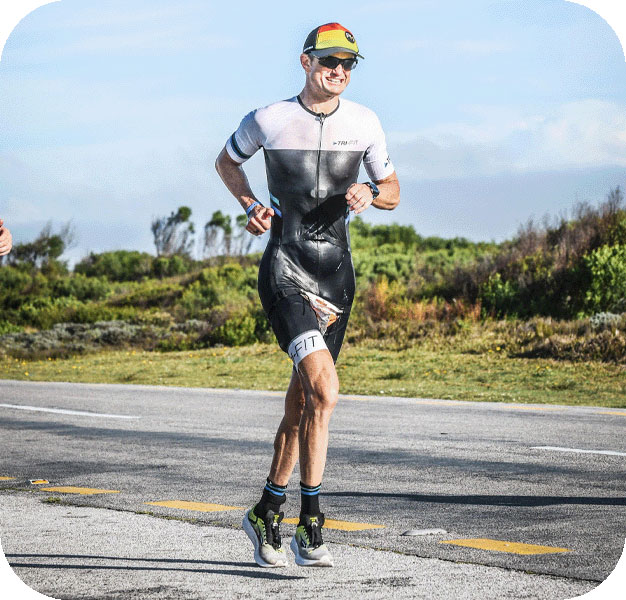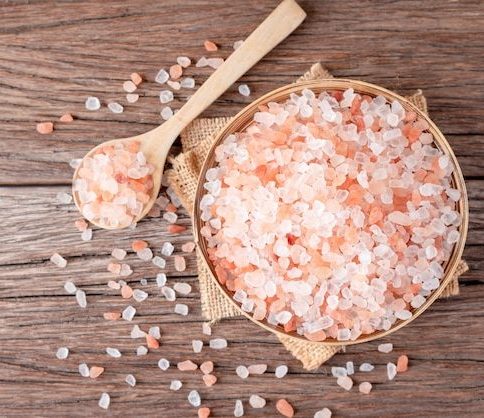Service by appointment only
Call 020 7736 0046
Call 020 7736 0046 To book

There is a lot of talk of prep before your race; what to wear, what to eat, training programmes etc. But do you know what to do once it’s over?
Here are 3 tips that could help you continue feeling your fittest and strongest ready to get to day-to-day life.
1: Keep moving!
As much as you feel like you want to spend the foreseeable lounging around, marvelling at the achievement you’ve accomplished (which you absolutely do deserve), do remember to keep moving. Sticking to a strict training programme gives you a strong mentality that can be hard to maintain once the goal is achieve because, frankly, your exhausted! However, keeping your body moving will help aid recovery.
- Straight after the race, walk around for 10-15 minutes to keep the blood flowing and flush out any unwanted by-products e.g. lactic acid.
- In the days following, try to minimise impact on the body by opting for relaxing forms of exercise; swimming, walking or light cycling on flat routes with some mobility work to keep the joints fluid and avoid stiffening up.
- After a few days, get those trainers laced up for a light, recovery run around your local area for 20-30minutes. Remember this is still ‘rest’ but it’s the integration of active recovery that makes for efficient rest.
Without movement, you can inhibit your ability to perform in the weeks following and allow injuries to creep up and settle in. Recovery runs, for example, can prevent muscles getting too stiff and DOMS (delayed onset muscle soreness). If you’re not quite ready to take on anymore pavement pounding, a recovery sport massage is effective in helping alleviate post-race soreness, reduce inflammation, and promote overall relaxation.
But what is ‘normal’ soreness and what might be a sign you need to seek professional help We asked for some advice from the physiotherapists around the corner at ‘Physio on the Green’ to shed some light on this.
“[DOMS] can be expected between 12-24 hours after exercise and can last several days. It is usually a positive sign that your body is adapting to a new stimulus… a massage is incredibly effective at reducing the symptoms and duration of DOMS, allowing you to return to normal activities sooner. It is important to note that pain that lasts longer than 4/5 days may be a sign of injury to the tissue or bone, which needs to be assessed by a Physiotherapist.”
After my London Landmarks half marathon, I expected and allowed my body to rest for a bit before it was time to get moving again. I visited Physio on the Green for a recovery sports massage from Laura and before I knew it, stairs where no longer my enemy!
We chatted about how the day went and how I have been feeling since the run. Paying attention to the areas that I felt during the run and in the days following, she helped flush everything out of the legs to make them feel alive again whilst also paying attention to areas that hold onto tension from long distances i.e. the neck. I was able to go about my day-to-day life quicker and with ease, working on moving my body and post-run rehab efficiently.

2: Refuel and Rehydrate

Sure, have that celebratory pint with your nearest and dearest but don’t forget to properly rehydrate. There are most likely refuelling stations along the route, but these normally stock only water. While water is fine, your sweat is filled with electrolytes and these needs
Andy Brodziak from Precision Hydration, triathlete and a Profeet ambassador offers some experienced tip on hydration:
“Post event hydration can play a major role in how the next few days will feel for your legs!…there is ample evidence suggesting +/- 150% of your losses over the next 2-3hours is sufficient. Sodium is the predominant electrolyte in blood plasma and performs a critical role in fluid absorption and retention of liquids you drink…regular sports drinks only contain about 400-500mg of sodium per litre, this may be just about adequate to replace low sweat sodium during shorter activities.
A maximally effective dehydration mix will contain around 1500mg of sodium per litre…Adding glucose with the sodium drink rapidly speeds up the process due to sodium-glucose co-transport”.
Using hydration tablets that have sodium in, such as the Precision Hydration 1500mg electrolytes, is ideal post-race when sweat loss has been high. Consuming this soon after the finish will allow for adequate absorption and the post-run headache, cramps and DOMS will be prevented more efficiently.
Having spoken to Andy before my race, I was aware of the importance of pre-race hydration just as much as post-race. However, with environmental factors always playing an unprecedented role, being prepare to adequate rehydrate can make or break how you feel in the days following the big run. 24hours before the race, I was fuelling my body with sodium (“sodium-preloading”) so my body could retain as much as possible to not be in depletion during the run.
Within 2-3hour post running, your body still secretes sweat so I used one of the PH1500 electrolyte tablets to make sure my body was able to adequately absorb as much sodium as possible, allowing my muscles and mind to recover quicker. If you’re like me, your taste buds and appetite can be thrown a bit after a long run so in the following hours I had a small mixture to select from, including plain water, water mixed with PH1500mg, coconut water and a small sugary drink like apple juice to help everything go down.
3: Stay Comfy
After pounding your feet down on to the pavement for hours, it’s natural for you to want to chuck your shoes off at that finish line. Whether you have a support crew to carry some things for you, have a bag in the drop-off area or looking for some quick home remedies, these items will help you feel your most comfortable for the rest of the day:

Oofos – designed for recovery, the revolutionary Oofos technology absorbs 37% more impact than standard footwear to help reduce the stress placed on your feet and joints. Packing some of these into the bag to put on at the end of the race will be like putting your feet onto marshmallow cushions. Some motivation to get to the finish line quicker!

Spare socks – take off the socks that you have been running in and let your feet breath for a bit. There will be a lot of moisture held in the material, that can lead to unwanted discomfort such as blisters or athlete’s foot. Having a spare pair of socks will help prevent this irritation, but let your feet breath for a while before putting them on. Just warn those around you…

Himalayan bath salts – having a bath is a great way to let the muscles relax. You will want to avoid ice baths after the race, and this will a) not have much benefit unless immediately after the workout and b) only should be used in the training process. Bath salts and essential oils will help to relax your senses and keep the blood pumping round the body to help clear any unwanted by-products. Just be sure to continue rehydrating yourself as a warm bath will most likely get you sweating more.
And finally…
If running a marathon has identified some stress points in your body, if you’re feet are sore, you have blisters or other signs of incorrect fitting footwear, why not book and appointment at the Profeet Run Lab? Our 3D Analysis service is designed to help fine tune your running and help you get past niggles and issues – and take you to next level.
Call 020 7736 0046 to book your one-to-one appointment with one of our qualified Profeet technicians.
OUR SERVICE IS BY APPOINTMENT ONLY
Profeet’s services are by appointment only, please call or book online in advance
